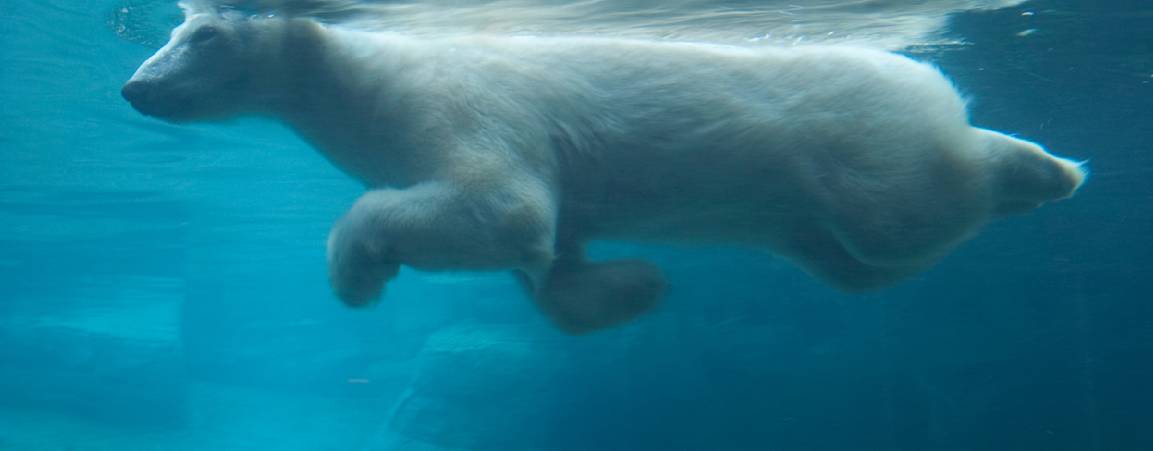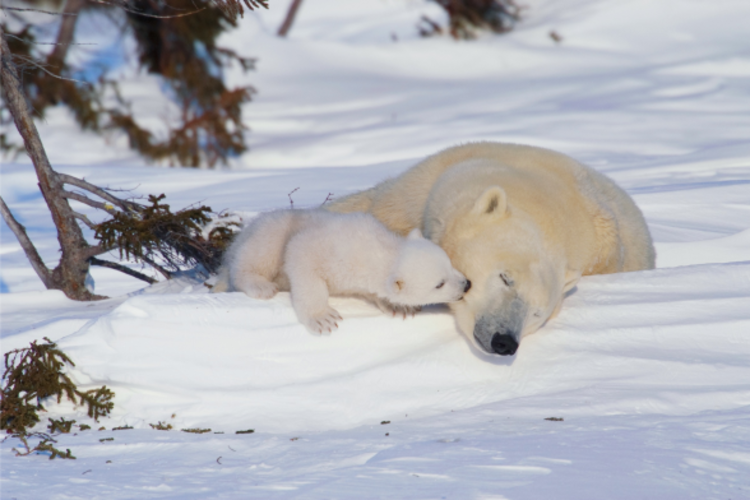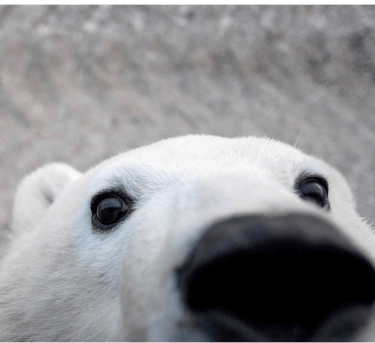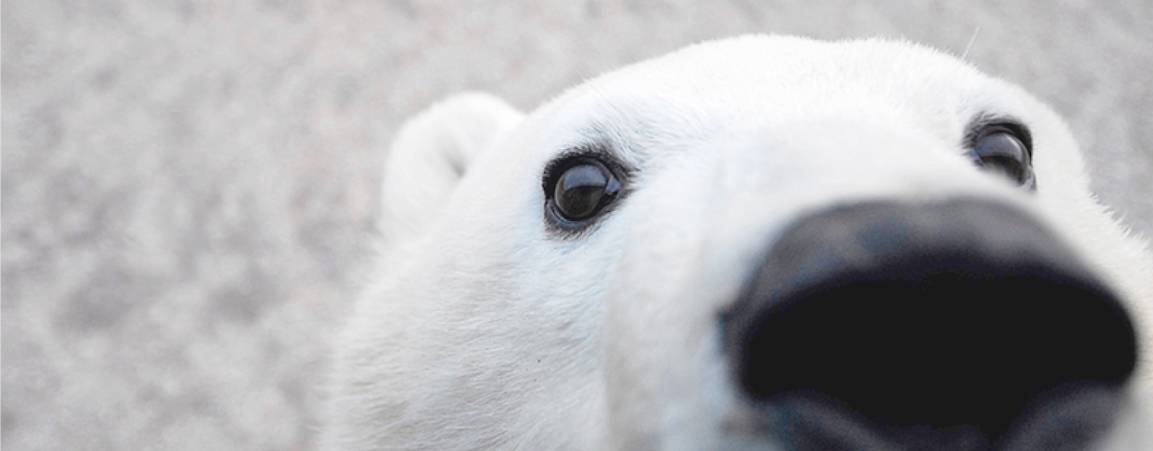Photo: Daniel J. Cox

Arctic Ambassador Center Network
Leading the Way
Arctic Ambassador Centers
Our Arctic Ambassador Center network includes zoos, aquariums, and wildlife parks that share our commitment to polar bear conservation. These centers help us reach a broad-cross-section of the public, amplifying our reach and impact.
Based in the U.S., Canada, and Europe, our Arctic Ambassador Centers work with us collaboratively on research, education, and action programs that address the challenges polar bears face in a warming Arctic.
They participate in our Climate Alliance Program, help to direct policy, build partnerships, and engage in public outreach. They also take part in research programs that would be impossible to conduct with polar bears in the wild.
We greatly value the role that zoos and aquariums play in our ongoing research and conservation efforts and are proud of—and grateful for—their efforts.
“Conservation organizations often have trouble accessing diverse cross-sections of society and end up ‘preaching to the choir.’ But many different folks enjoy a day at the zoo with their children or grandchildren.”
Amy Cutting, Vice President, Polar Bears International









